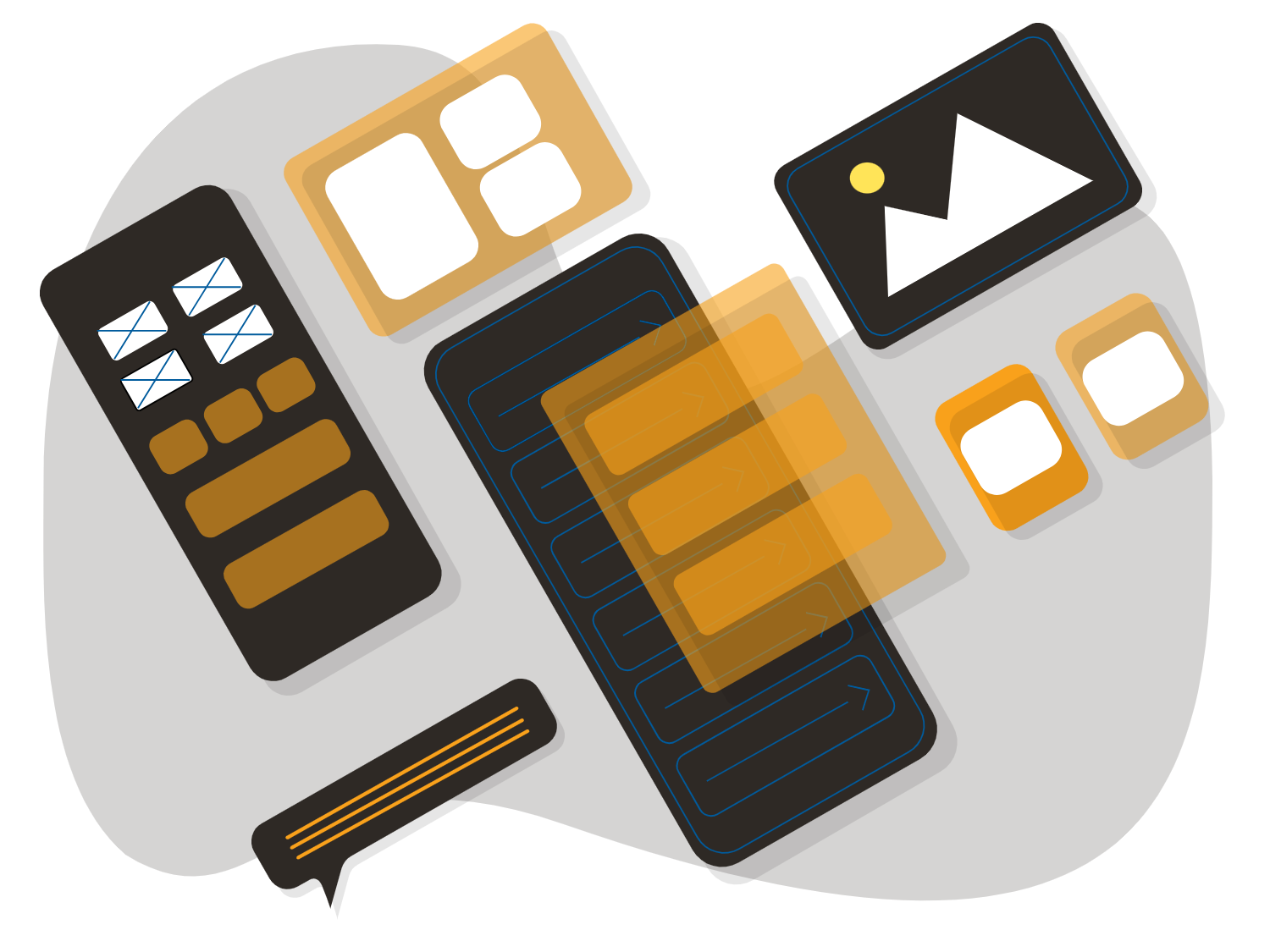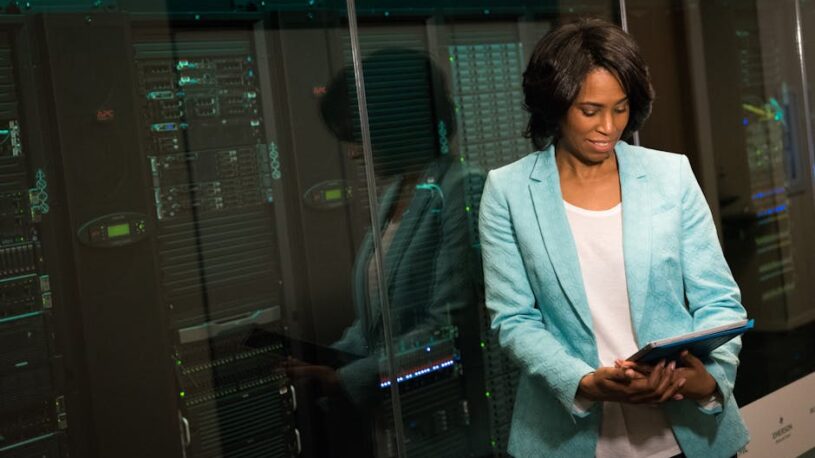

The Stealthy Hijacking of Your Computing Power
Where our lives are increasingly intertwined with technology, a new and stealthy threat has emerged – cryptojacking. This nefarious phenomenon involves the illicit hijacking of computing power for the purpose of mining cryptocurrencies without users’ knowledge or consent.
With cybercriminals finding ever more insidious ways to exploit vulnerabilities in our systems, it is crucial to understand the concept of cryptojacking and its potential consequences.
We will delve deep into this clandestine practice, uncovering its mechanics, exploring the ramifications it can have on individuals and organizations alike, and discussing effective security measures to safeguard against such attacks.
Join us as we bring this covert threat out of the shadows and shed light on how to protect your valuable computing resources from being covertly exploited by hackers.
Unpacking the Motivation Behind Cryptojacking
Unlike traditional forms of cyber-attacks that aim to steal personal information or financial data, cryptojacking exploits computing power for illicit cryptocurrency mining purposes without users’ knowledge or consent.
Cryptojacking allows them to harness an unsuspecting user’s computer processing power through malicious malware or scripts embedded within websites and applications. With every minute spent unknowingly contributing computational resources towards mining cryptocurrencies, victims experience a decline in their device’s performance while perpetrators reap the benefits.
Understanding the mechanics behind cryptojacking enables individuals and organizations alike to recognize its presence and take appropriate measures against becoming victims. By unpacking the motivation behind cryptojacking, you can gain valuable insights necessary for safeguarding your business.
Recognizing Intrusions on Your Computer Resources
Cryptojacking is a sophisticated form of cyberattack that disguises itself within the inner workings of your computer, making it difficult to detect. However, there are certain signs to look out for that can help you recognize if your computer resources are being hijacked.
One common indicator is sluggishness or slow performance of your device. If you notice that your once speedy computer has become excessively slow and unresponsive, it may be a sign that cryptojacking malware is running in the background.
Another telltale sign is an abnormal increase in CPU usage. Cryptojacking involves using the processing power of your computer to mine cryptocurrencies, which requires significant computational resources.
As a result, if you observe unusually high CPU usage even when you’re not actively running resource-intensive programs, it could indicate that your system has been compromised.
Frequent crashes or freezing of your device can also point towards cryptojacking activity. The mining process puts additional strain on the hardware components of your computer and can lead to instability and crashes. If you experience sudden freezes or unexpected shutdowns regularly without any apparent reason, it’s worth investigating further for potential cryptojacking intrusions.
How Cryptojacking Affects Your Computer and Security
The impact of cryptojacking on your computer can be significant. When attackers hijack your computing power to mine cryptocurrencies, they consume valuable system resources, leading to slower performance and increased energy usage. This can result in sluggish response times, reduced productivity, and even overheating issues that may lead to hardware damage.
The stealthy nature of this threat makes it difficult for users to detect or defend against it effectively. Infiltrating systems through malware-infected websites or malicious links, cybercriminals gain unauthorized access to not only your computing power but also sensitive data stored on your device or network. This raises serious concerns regarding privacy breaches and potential exposure of personal information such as financial details or login credentials.
The implications go further still – organizations are at risk too. Cryptojacking attacks targeting corporate networks can severely impact business operations by slowing down critical infrastructure and diverting computational resources away from vital tasks like processing transactions or running online services efficiently.
Besides direct financial losses resulting from decreased productivity and increased energy bills, companies could face reputational damage if customer data gets compromised due to lax security measures.
Cryptojacking represents a significant threat that affects both individual users and businesses alike – compromising computer performance while also posing risks associated with privacy violations and potential monetary loss due to reduced efficiency or exposed sensitive information.
It is essential for individuals to regularly update their systems’ defenses through robust antivirus software solutions while companies must invest in comprehensive cybersecurity strategies.
Safeguarding Against Unauthorized Mining
Defense and protection against cryptojacking, is a critical aspect of safeguarding our digital lives. As cybercriminals become more sophisticated in their techniques, it is important for individuals and organizations to stay vigilant and take proactive measures to prevent this illegal activity.
One of the primary ways to defend against cryptojacking is by implementing robust cybersecurity practices. This includes using up-to-date antivirus software, regularly patching vulnerabilities in operating systems and applications, and employing strong password policies. Installing browser extensions or plugins that block cryptocurrency mining scripts can provide an extra layer of defense.
Another crucial aspect of defense is educating users about the risks associated with cryptojacking. By raising awareness about this stealthy threat, individuals can learn how to detect signs of unauthorized mining on their devices. Regularly monitoring computer resources such as CPU usage or running system scans can help identify any abnormal activities related to cryptojacking.
Safeguarding against unauthorized mining requires a multi-faceted approach involving both technological defenses and user education.
We can better protect ourselves from falling victim to this clandestine practice that seeks to exploit our computing power for personal gain without consent or knowledge.
Keeping Cryptojackers at Bay
To protect your digital assets, it’s essential to take proactive measures from cryptojackers. The first step is to stay updated on the latest trends and tactics used by these cybercriminals. By staying informed, individuals and organizations can better understand the risks associated with cryptojacking and take appropriate precautions.
One effective way to prevent cryptojacking is by implementing strong security measures. This includes regularly updating software and operating systems, using robust antivirus and anti-malware programs, and installing ad blockers that can help block malicious mining scripts on websites.
Users should be cautious when visiting unfamiliar websites or downloading suspicious files as these are common entry points for cryptojacking malware. It is also important to educate employees about the dangers of clicking on unknown links or opening email attachments from unfamiliar sources.
With these effective tips, individuals and organizations can minimize the risk of falling victim to cryptojackers, thereby preserving their valuable computing power and protecting their digital resources from unauthorized exploitation.
Table of Contents








